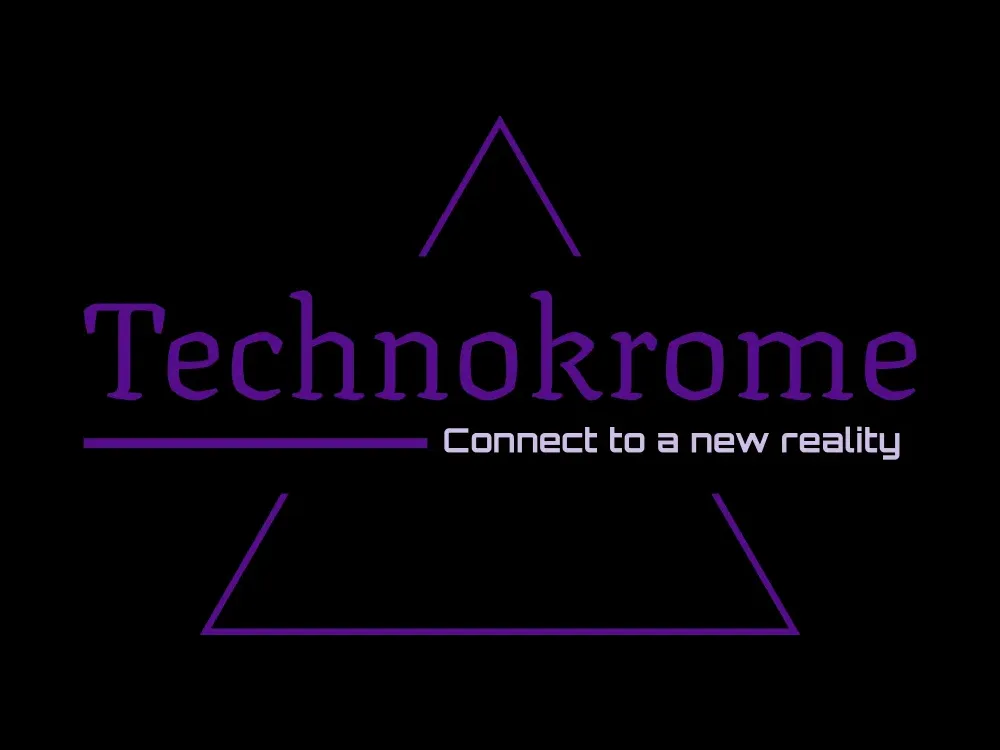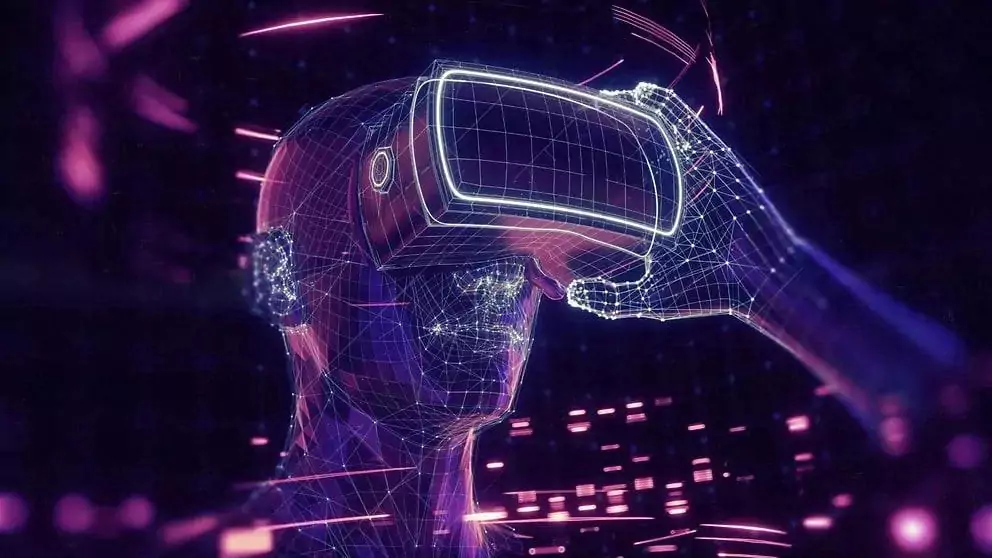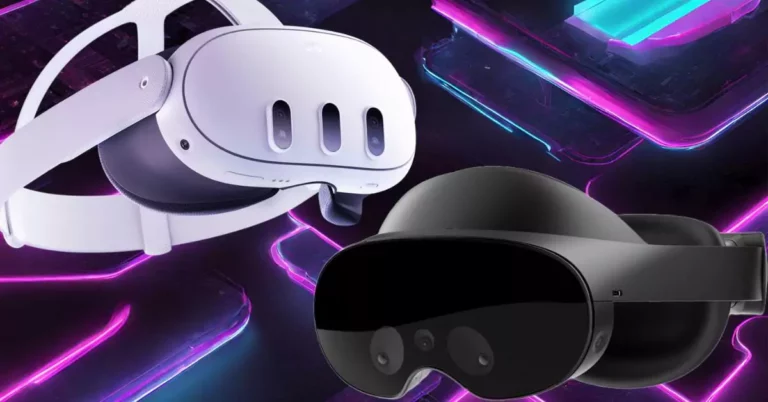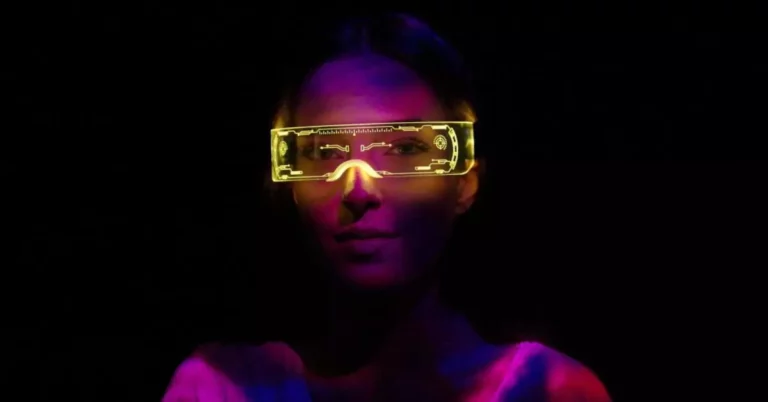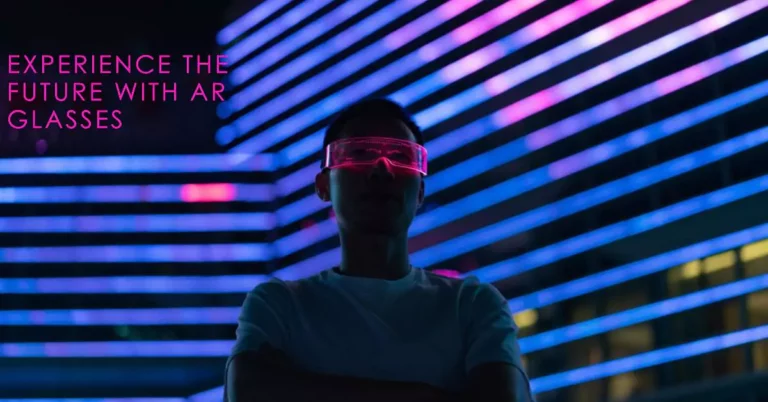What is the Metaverse?
The Metaverse is a connected virtual reality space where users can interact with each other and digital objects in a shared, immersive environment. It’s like a collective virtual universe where individuals can socialize, participate, and engage in various activities.
Do I need a powerful computer to use Metaverse headsets?
The requirements for Metaverse headsets may vary depending on the model and application. Some headsets might need a powerful PC with a dedicated graphics card for optimal performance, while others are standalone and don’t need extra hardware. Check the system requirements of the headset and the Metaverse application you plan to use.
What was the most popular VR headset for the Metaverse in 2022?
The MetaQuest 2 was one of the most widely used VR headset in 2022. It’s popular because of its affordable price, wireless connectivity, high resolution, 3D audio, and fast refresh rate. Priced at $299.99 USD for the 128GB SKU, at the time of writing this article, it has already achieved $1.5 billion in sales as of October 2022.
How much do Metaverse headsets cost?
Metaverse headsets can range from $400 to $3500 in price. The more expensive versions are often used for industrial purposes. For instance, the Meta Quest Pro VR costs around $1500, while the Microsoft Hololens2 is priced at $3500.
How do Metaverse glasses help people interact in virtual spaces?
Metaverse glasses make virtual interactions more immersive and connected. They let users enter shared virtual environments and interact with others in real-time, using avatars or as themselves. With features like spatial audio, gesture recognition, and eye-tracking, communication becomes more realistic and engaging.
Know more about the captivating world of VR and the Metaverse with this insightful article here.
What are the applications of Metaverse headsets?
Metaverse headsets are used in various fields such as gaming, tourism, healthcare, real estate, music, sports, and more. People can also use these headsets to explore vast virtual worlds for work, shopping, playing, and other activities.
Can I use Metaverse headsets for work-related tasks?
Yes, Metaverse headsets have practical uses in different industries, including manufacturing, healthcare, and training. They enable remote collaboration, virtual training sessions, and simulations. Companies are exploring ways to leverage VR technology for better efficiency and workflow improvement.
Can I use Metaverse headsets for educational purposes?
Yes. Metaverse headsets are increasingly used in education to create interactive and engaging learning experiences. They allow students to explore historical events, visit far-off places, and participate in virtual simulations, enhancing the learning process.
How do Metaverse headsets compare to traditional VR headsets?
Metaverse headsets are essentially improved versions of traditional VR headsets, designed to offer more immersive experiences within virtual worlds. They often come with higher resolution displays, advanced sensors, and better ergonomics for extended use.
Are there any health concerns related to using Metaverse headsets for an extended period?
Extended use of VR headsets may cause discomfort or motion sickness for some users. To minimize these issues, take regular breaks during long sessions and ensure the headset fits comfortably.
You can also read the manufacturer’s guidelines and recommendations for safe and comfortable usage.
